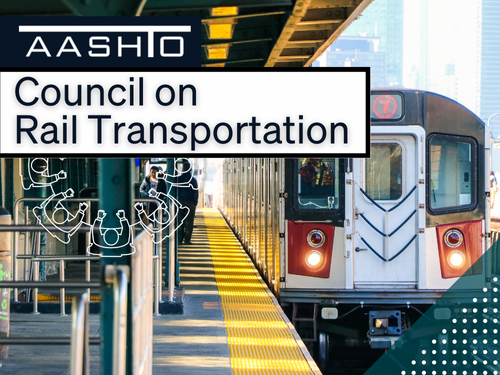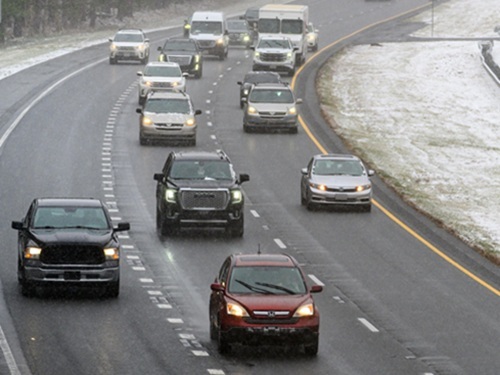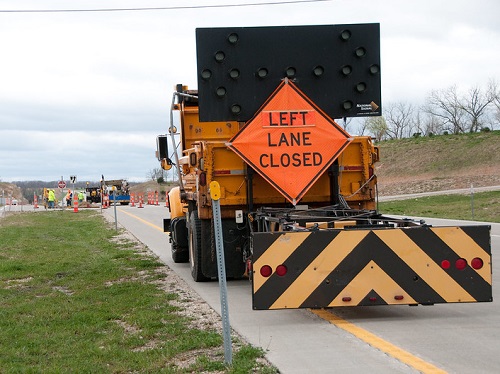A recent study completed by the University of Missouri found that using a self-driving truck to follow a crewed vehicle has the potential to reduce worker injuries in highway work zones.
[Above photo by MoDOT]
Henry Brown, a research engineer in the school’s civil and environmental engineering department, presented the study’s findings to the Missouri Department of Transportation.

In a blog post, he noted that so-called “moving work zones” on highways – operations that include activities such as pavement striping – typically involve a series of vehicles, with the last truck at most risk of being in a wreck.
He noted that MoDOT uses truck-mounted “crash cushions,” known as truck mounted attenuators or TMAs, positioned at the end of mobile work zones to absorb the impact of a potential crash.
The University of Missouri’s study found, though, if the vehicle equipped with the TMA is a self-driving truck, more injuries could be avoided.
“We want to eliminate worker injury by getting the driver out of the last vehicle,” Brown said. “The idea is you pair the last two vehicles as a leader and a follower retrofitted with kits that allow the second vehicle to follow GPS [global position satellite data] crumbs from the vehicle in front of it.”

As part of the study, Brown and colleagues surveyed other states around the use of autonomous work vehicles.
Of 43 states that responded, 19 are exploring the idea, while 20 are not and four are pursuing. In addition to Missouri, Colorado, Rhode Island, and North Dakota are using or in the process of implementing this “leader-follower” model for mobile work zones.
Brown noted some states would need changes in the law to allow drivers to be taken out of follower vehicles.
This “leader-follower” systems works like this, he explained: From a tablet inside the leader vehicle, an operator controls the follower truck, including setting its speed and maintaining its distance. The follower truck has front and side obstacle detection systems, and the system also includes controls to allow workers to stop the vehicle in emergencies.
“Overall, the study findings indicate that the leader-follower system has the potential to be an effective tool to improve safety in mobile work zones,” Brown said. “If the driver is removed from the follower truck, we’re reducing exposure to risk. Even if the driver remains in the follower vehicle, the system would allow the driver to focus more, improving safety.”
 Nation
Nation
Registration Open for AASHTO’s Winter Rail Meeting
December 19, 2025 Nation
Nation

